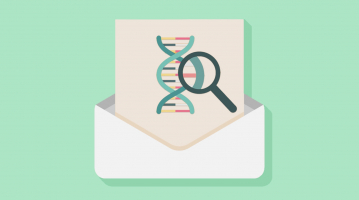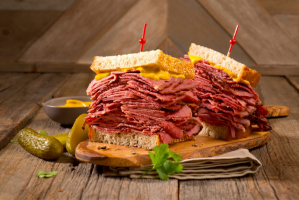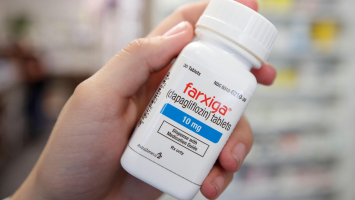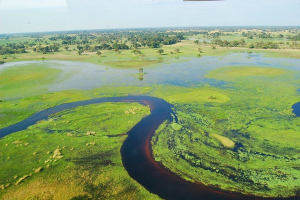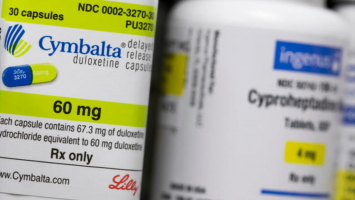Top 5 Incredible Women in STEM You Need to Know
Women were responsible for many of humanity's greatest scientific, mathematical, and technical advances, even if they aren't always given the recognition they ... read more...deserve. Education is continuously evolving, therefore it's only natural that it should improve. These ladies have all made a significant effect on society and accomplished something that everyone should be aware of. We can all agree that women of all backgrounds have always played a vital role in the greatest achievements of humanity. Here's a list of the most inspiring women in STEM.
-
Gladys Mae West is an American mathematician best known for her contributions to mathematical modeling of the Earth's form, as well as her work on the construction of satellite geodesy models that were subsequently included into the Global Positioning System (GPS). In 2018, West was inducted into the United States Air Force Hall of Fame. West received the Webby Lifetime Achievement Award at the 25th Annual Webby Awards for his work on satellite geodesy models.
West was employed in 1956 as the second black woman and one of just four black employees at the Naval Proving Ground in Dahlgren, Virginia (now known as the Naval Surface Warfare Center). West worked as a programmer for large-scale computers and as a project manager for data-processing systems utilized in satellite data analysis at the Naval Surface Warfare Center Dahlgren Division. West got a second master's degree in public administration from the University of Oklahoma at the same time.
Her work on Seasat, an experimental United States ocean surveillance satellite meant to give data on a wide range of oceanographic conditions and characteristics, contributed to the development of a more well-known technology: the Global Positioning System (GPS). West, like NASA mathematicians Katherine Johnson, Dorothy Vaughan, and Mary Jackson, is sometimes referred to as one of history's "hidden figures": persons, generally Black women, whose perceptive contributions to science remained unnoticed during their lifetime due to their race or gender. West's contribution to the creation of GPS was not fully recognized until 2018, when she was inducted into the Air Force Space and Missile Pioneers Hall of Fame.
Detailed information:
Born: October 27, 1930 (age 92)
Alma mater:- Virginia State University (BS)
- Virginia State University (MS)
- University of Oklahoma (MA)
- Virginia Tech (PhD)
Known for: Satellite geodesy
https://www.youtube.com/watch?v=IpFdcABOG5c https://www.youtube.com/watch?v=IVAw62L9MG8 -
Tu Youyou is a malariologist and pharmaceutical chemist from China. She developed artemisinin and dihydroartemisinin, both of which are used to cure malaria, which was a breakthrough in twentieth-century tropical medicine that saved millions of lives in South China, Southeast Asia, Africa, and South America.
Over 240,000 molecules have been examined by scientists throughout the world with no success. Tu, then 39 years old, conceived the concept of screening Chinese medicines in 1969. She began by researching the Chinese medical classics throughout history, visiting practitioners of traditional Chinese medicine around the country on her own. She compiled her results in a notebook titled A Collection of Single Practical Anti-Malaria Prescriptions. Her notepad had a list of 640 prescriptions. By 1971, her team had screened over 2,000 traditional Chinese recipes and created 380 herbal extracts from 200 plants for testing on mice.
Tu earned the 2011 Lasker Award in clinical medicine and the 2015 Nobel Prize in Physiology or Medicine alongside William C. Campbell and Satoshi Mura for her work. Tu is the first Chinese Nobel winner in physiology or medicine, and the first female Chinese citizen to earn a Nobel Prize in any category. She is also the first Chinese recipient of the Lasker Award. Tu was born, educated, and conducted her studies entirely in China.
Detailed information:
Born: 30 December 1930
Alma mater: Beijing Medical College (BMedSc)
Known for: Discovering artemisinin and dihydroartemisininAwards:
- Lasker-DeBakey Clinical Medical Research Award (2011)
- Warren Alpert Foundation Prize (2015)
- Nobel Prize in Physiology or Medicine (2015)
- Highest Science and Technology Award, China (2016)
- Medal of the Republic, China (2019)
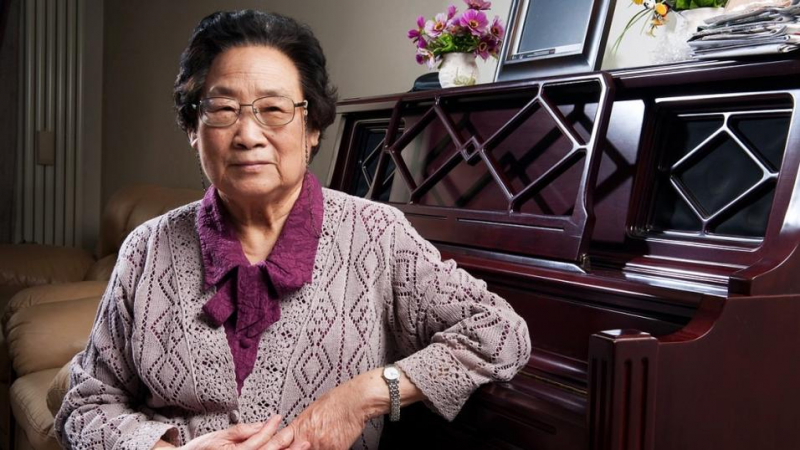
China daily https://www.youtube.com/watch?v=4Dh9lUbLTX0 -
Mary Golda Ross (August 9, 1908 – April 29, 2008) was the first Native American female engineer, as well as the first female engineer in Lockheed's history. She was one of the 40 founding engineers of Lockheed Corporation's legendary and highly classified Skunk Works project. She worked at Lockheed from 1942 until 1973, where she was best known for her work on aerospace design, including the Agena Rocket program, as well as numerous "design concepts for interplanetary space travel, crewed and uncrewed Earth-orbiting flights, and the earliest studies of orbiting satellites for both defense and civilian purposes". In 2018, she was chosen to be depicted on the 2019 Native American $1 Coin by the U.S. Mint celebrating American Indians in the space program.
The F-104 Starfighter (the first operational aircraft capable of reaching speeds twice the speed of sound), the U-2 high-altitude spy plane, and the first stealth aircraft are just a few of the aerospace innovations that emerged from the Skunk Works—and they are most likely among the hundreds or thousands of top-secret projects Ross worked on at Lockheed. She could talk about her job at the National Aeronautics and Space Administration, which included designing spacecraft, contributing to NASA's space travel guide, and driving the space race.
Detailed information:
Born: August 9, 1908Died: April 29, 2008 (aged 99)
Alma mater:
- Northeastern State Teachers' College
- Bachelor's degree in mathematics, 1928
- Colorado State Teachers College in Greeley
- Master's degree in mathematics, 1938
Known for: First Native American female engineer
Awards:- Silicon Valley Engineering Council’s Hall of Fame, 1992
- Fellow and life member of the Society of Women Engineers
https://www.youtube.com/watch?v=J8d0cdt_C9g https://www.youtube.com/watch?v=5dOwuCpHnsw -
Ida Rhodes was an American mathematician who was part of the significant women's clique at the core of early computer research in the United States. Rhodes received a New York State Cash Scholarship as well as a Cornell University Tuition Scholarship and began studying mathematics at Cornell University barely six years after arriving in the United States, from 1919 to 1923. She worked as a nurse's aide at Ithaca City Hospital while attending Cornell University. She was inducted into the honorary societies Phi Beta Kappa (1922) and Phi Kappa Phi (1923). She graduated Phi Beta Kappa with her BA in mathematics in February 1923 and her MA in September of the same year.
Though she began her career working on the Handbook of Mathematical Functions, which was part of a New Deal-era initiative that hired mathematicians, she swiftly rose to prominence in the new profession of computer programming. In the early 1950s, Rhodes created the C-10 programming language for the UNIVAC 1, one of the first commercial computers.
Detailed information:
Born: May 15, 1900
Died: February 1, 1986 (aged 85)
Alma mater:- Petition for Citizenship
- Studying mathematics at Cornell University
- Studying at Columbia University
Awards:
- New York State Cash Scholarship and a Cornell University Tuition Scholarship
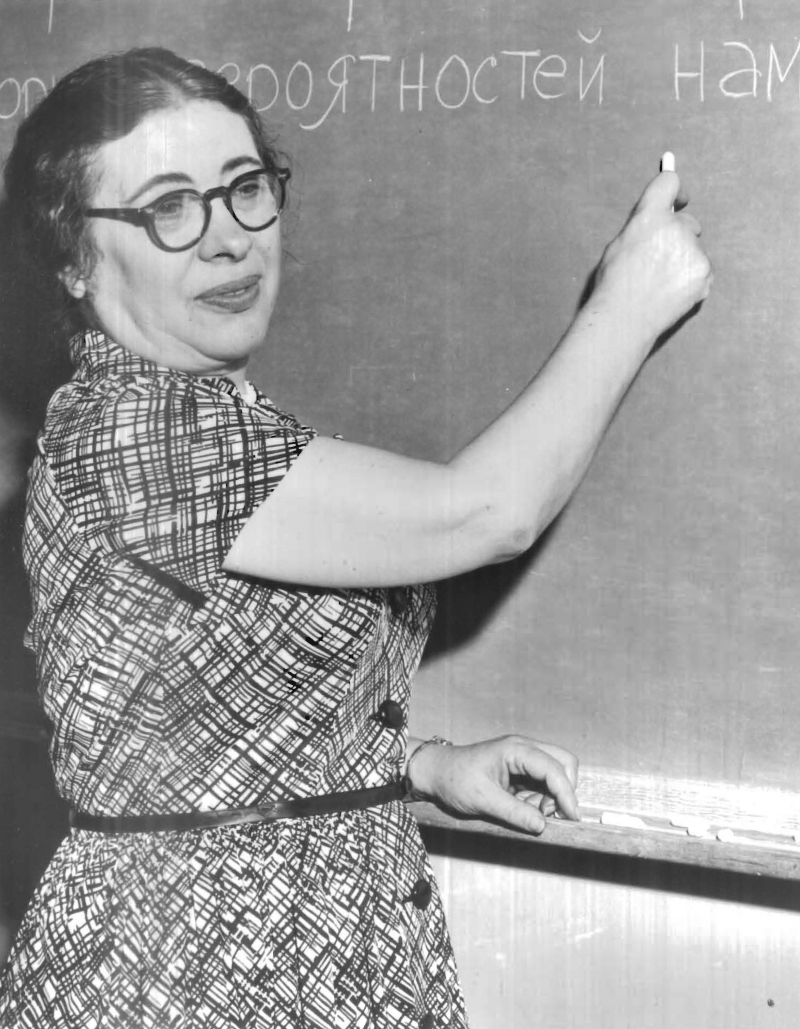
NIST 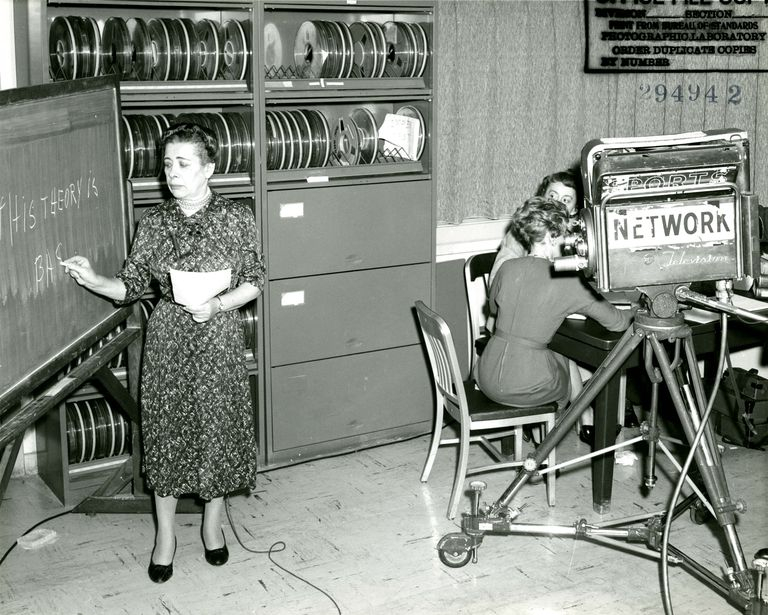
EL PAÍS -
Alice Ball, the first woman and African American to acquire a master's degree from the College of Hawaii (now the University of Hawaii), was a brilliant scientist who was virtually forgotten by history. Ball began working with Harry T. Hollmann, a physician who wanted to develop an efficient technique of treating leprosy with chaulmoogra oil, after being employed as a researcher and lecturer at the College of Hawaii upon her graduation (a treatment that was already in use but was unreliable). She created the first safe injectable therapy for leprosy by converting the oil into a water-soluble form.
At the age of 23, Ball invented a method for making the oil injectable and absorbable by the body. Her method required separating ester components from the oil and chemically altering them to create a material that kept the oil's medicinal effects while also being absorbed by the body when injected. Because of her premature death, Ball was unable to publish her innovative findings. Ball died in 1916, at the age of 24, perhaps from chlorine poisoning. Her work was continued by College of Hawaii president Arthur Dean, who refused to recognise her as a researcher because Ball had not yet published her findings. Without Hollmann's brief statement in a journal paper referring to her creation as "the Ball technique", knowledge of her work may have been lost forever.
Detailed information:
Born: July 24, 1892Died: December 31, 1916 (aged 24)
Alma mater:
- University of Hawaii
- University of Washington
Known for:
- Treatment of leprosy
- Scientific career
https://www.youtube.com/watch?v=Qt5_lwm6tKg https://www.youtube.com/watch?v=M8orSPHZtso









